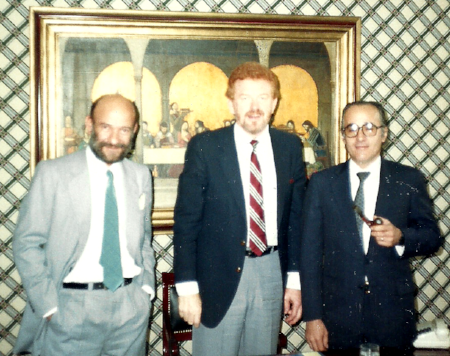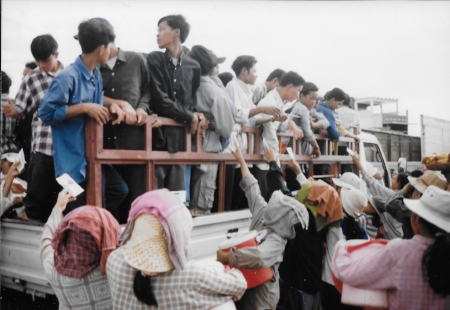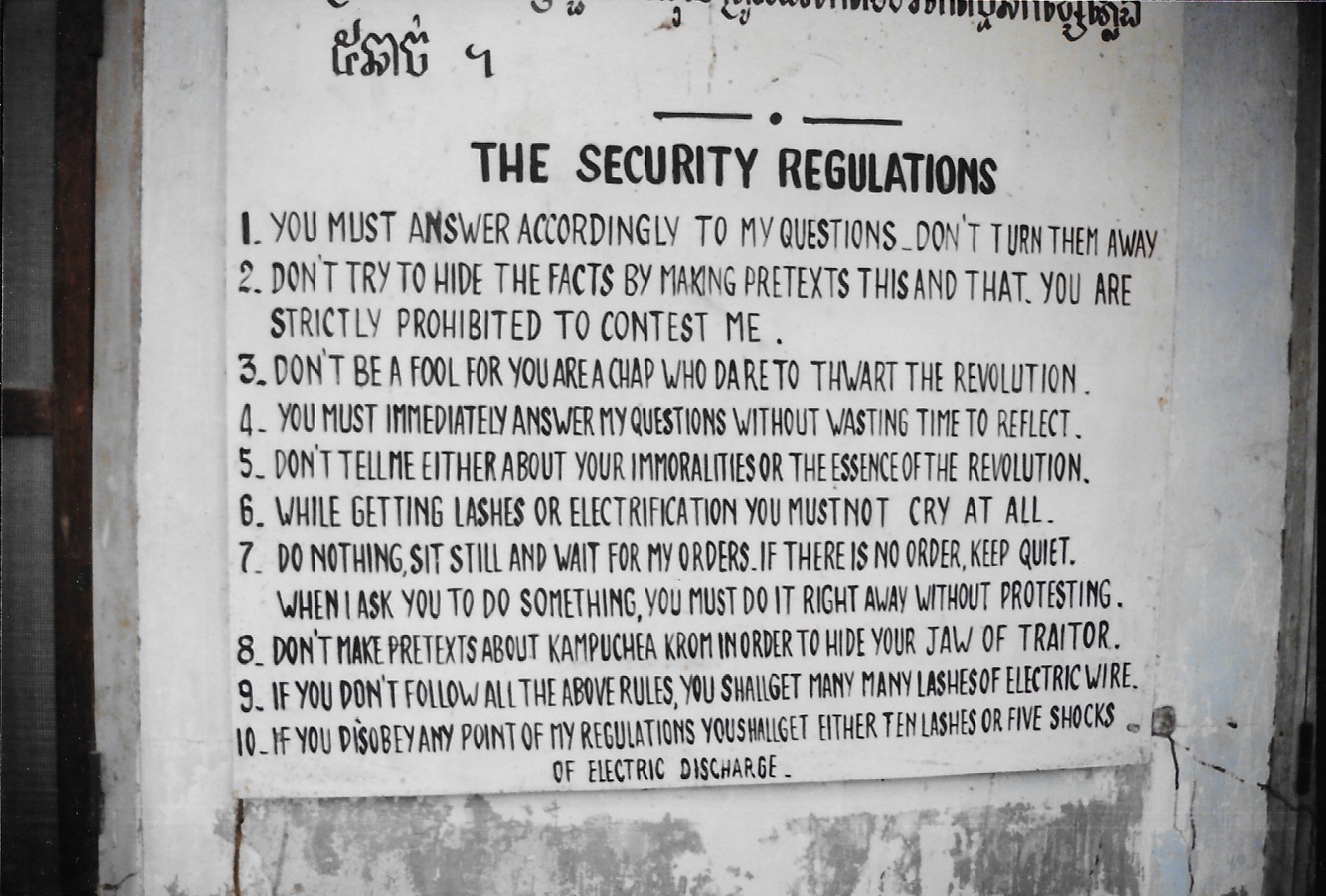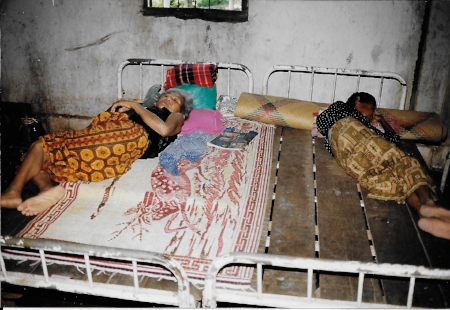I was thirty years old when Anna Marie and I decided to give away all our accumulated wealth and start over. We decided to start listening to a different drummer and restructure our value system. I decided to give the best of my life for the rest of my life helping other people be better off. That was the best business decision I ever made. That one decision set into motion unforeseeable consequences and an exhilarating adventure full of challenge and reward. That adventure took me to nearly every corner of this earth and taught me time and again, as someone has said, “To the world you may be only one person, but to one person you may be the world.”
One day my travels took me to Madras and Salem in the southern part of India. Project C.U.R.E. had promised to deliver donated medical goods to needy orphanages and medical clinics in the region. When I finished my agenda in India, I traveled on to Singapore. My next venue was Hong Kong, where I had meetings scheduled with a number of nongovernmental organization leaders operating in mainland China. But in Hong Kong I had a most memorable meeting that had absolutely nothing to do with either governmental or nongovernmental agencies.
Upon arrival at the Hong Kong airport, I hailed a taxi and rode to the downtown Kowloon Hotel. Once settled into my room, I made my way to the dimly lighted restaurant and ordered dinner. Minutes later they seated a white-haired gentleman at the table next to me. He was trying to read the menu in the near darkness, and he had apparently forgotten his glasses. I knew exactly what he was going through. So, without saying a word, I took off my glasses, leaned across the chair, and laid the glasses on his table. It caught him so by surprise, he stumbled all over himself thanking me for noticing his plight. He admitted that he was about to randomly point to something on the menu and hope for the best. We began to chat, and after I had finished my dinner and was finishing my tea, he invited me over to his table.
My new friend lived in New Zealand and was a successful businessman, coming to Asia often in his line of business. He had been buying and selling umbrellas for more than twenty-seven years. He inquired about what I did, and I shared with him about Project C.U.R.E. He asked a million questions, and my answers kept getting more involved. He looked directly into my eyes and surmised, “You can’t do what you are doing without being a deeply religious man.” I told him that once I wasn’t, but several years before, everything changed. That opened the flood gates of emotion for him.
He told me that just three weeks prior, the diagnosis had been confirmed that he had cancer—the same kind that had taken his mother within a span of ten months after her diagnosis. They assured him that he would not have even the ten months to live. I went through two more cups of tea as I simply sat quietly and listened to him pour out his heart. He had pretty well figured out what he was going to do with his business, but he painfully struggled as we discussed the effects his death would have on his wife and his grown children. “My wife begged me to not take this business trip to Hong Kong. But I absolutely knew I had to travel from New Zealand to Hong Kong and check into the Kowloon Hotel. You reached over and loaned me your glasses, but you did more. You allowed me to use your vision and see through your eyes to discover hope and confidence and a future for my family.”
I left the restaurant that night very humbled just to think that God would bring one man from New Zealand and one man from Colorado all the way to Hong Kong in order to strike a match and kindle a flame of hope and encouragement in the heart of a needy traveler. “To the world you may be only one person, but to one person you may be the world.”




























